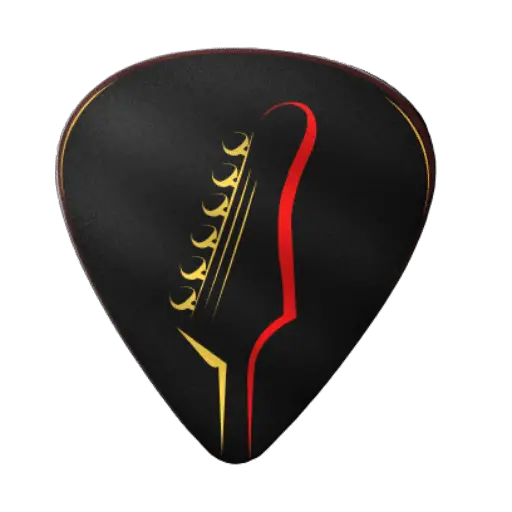Piano Hand Size
If you’re a pianist, you know that hand size can have a significant impact on your playing. Whether you have small or large hands, it’s essential to understand how it affects your ability to play the piano and how you can work around it.
What is the Average Hand Size of a Pianist?
There are a few key details regarding average hand sizes:
• Females generally have smaller hands than males. The average female hand length is about 7 inches compared to 8 inches for males.
• People of different races also tend to have varying average hand sizes. For example, Asian people typically have smaller hands compared to Caucasians and African Americans.
• Average hand sizes increase with height. Taller individuals usually have larger hands.
• Hand size can also vary based on occupation. People with certain jobs like pianists, violinists, and surgeons often tend to have larger hands to accommodate their work.
• The optimum hand size for playing the piano is considered to be between 7.5 to 9.5 inches from the wrist crease to the tip of the middle finger. Pianists generally need hands large enough to easily span an octave on the keyboard.
• The hand span required to play a tenth (an octave plus a third) is considered ideal for pianists. This typically corresponds to hand lengths of 8.5 to 10 inches.
What are the Ideal Hand Sizes for Playing the Piano?
• The most important measurement is the span from the thumb to the pinky when the hand is flat and the fingers are spread. This span should ideally be around 8 to 9 inches for beginners and 9 to 10 inches for advanced players.
• Pianists typically need hands large enough to easily span an octave on the keyboard, which is 7.5 to 8.5 notes. For complicated classical pieces, the ability to span a tenth (an octave plus a third) is optimal.
• A pianist’s hand length, measured from the wrist crease to the tip of the middle finger, should ideally be between 8.5 to 10 inches. This allows for the easy execution of wide intervals and chords.
• The fingers themselves also need to be long enough. Most pianists have fingers that are 3 to 4 inches long from the palm crease to the fingertip. This allows for better individual finger technique and control.
• Independent finger movement and dexterity are also important, and hands with long, slim fingers generally facilitate this. Wider, stubbier fingers can make individual fingering more difficult.
• Ability to curve the fingers in a slight arc while playing enhances flexibility and tone production. Hands with this natural curve are considered ideal.
So the ideal hand-size characteristics for pianists include:
- A thumb-to-pinky span of 8 to 10 inches
- A hand length of 8.5 to 10 inches
- Finger lengths around 3 to 4 inches
- Long, slim fingers that move independently
- Hands with a slight but natural curved shape













